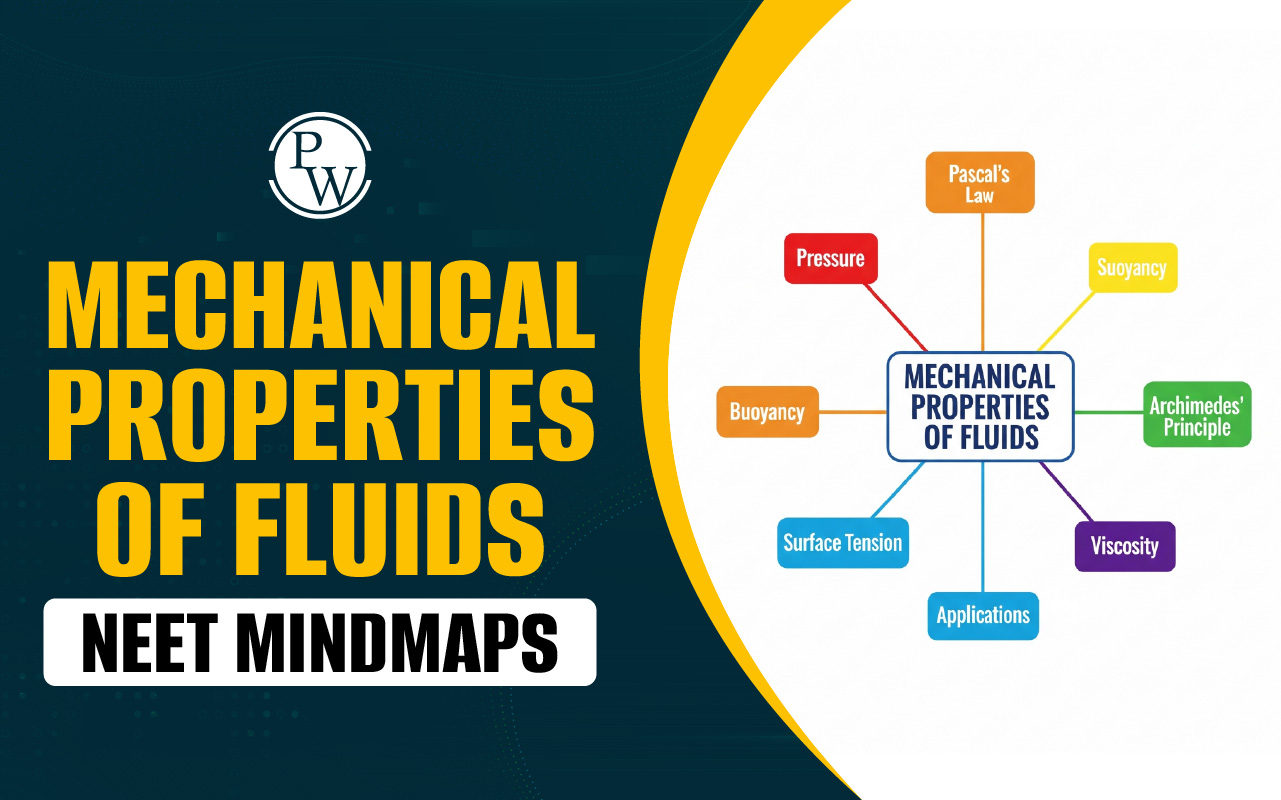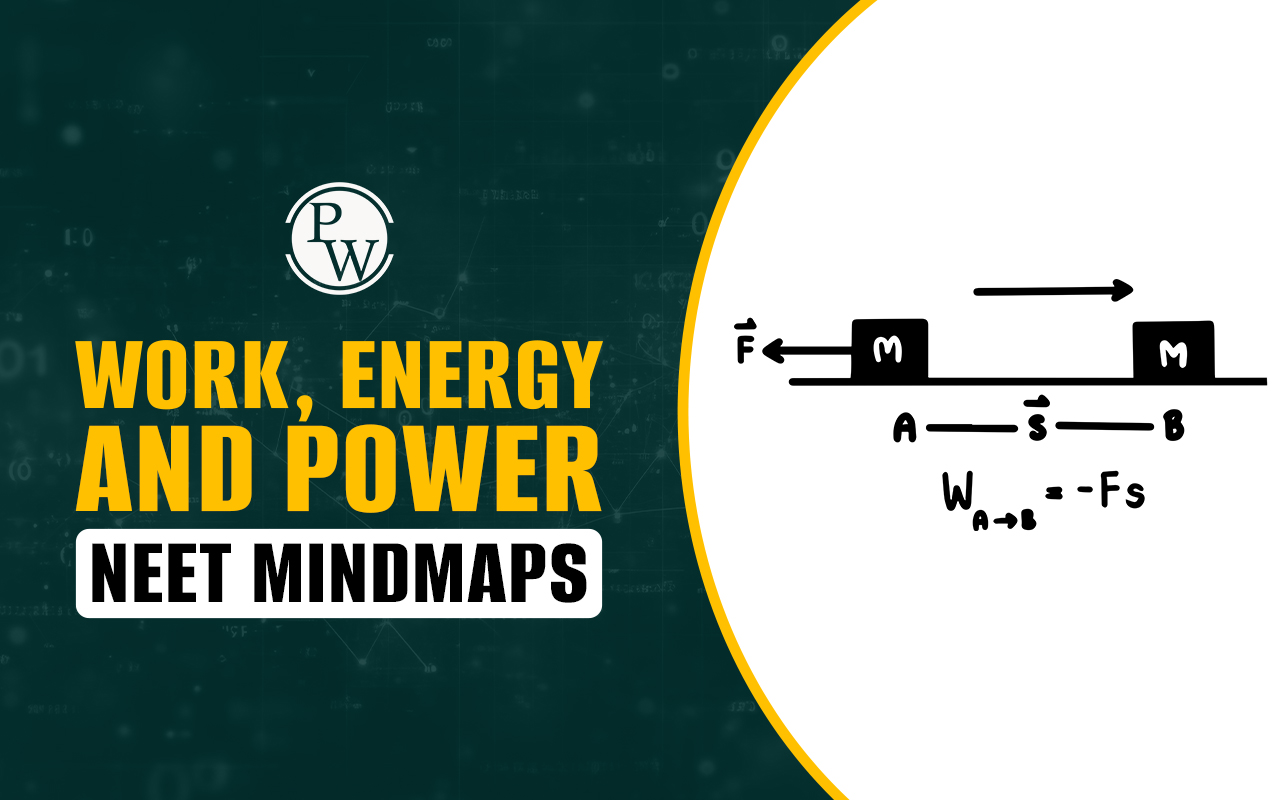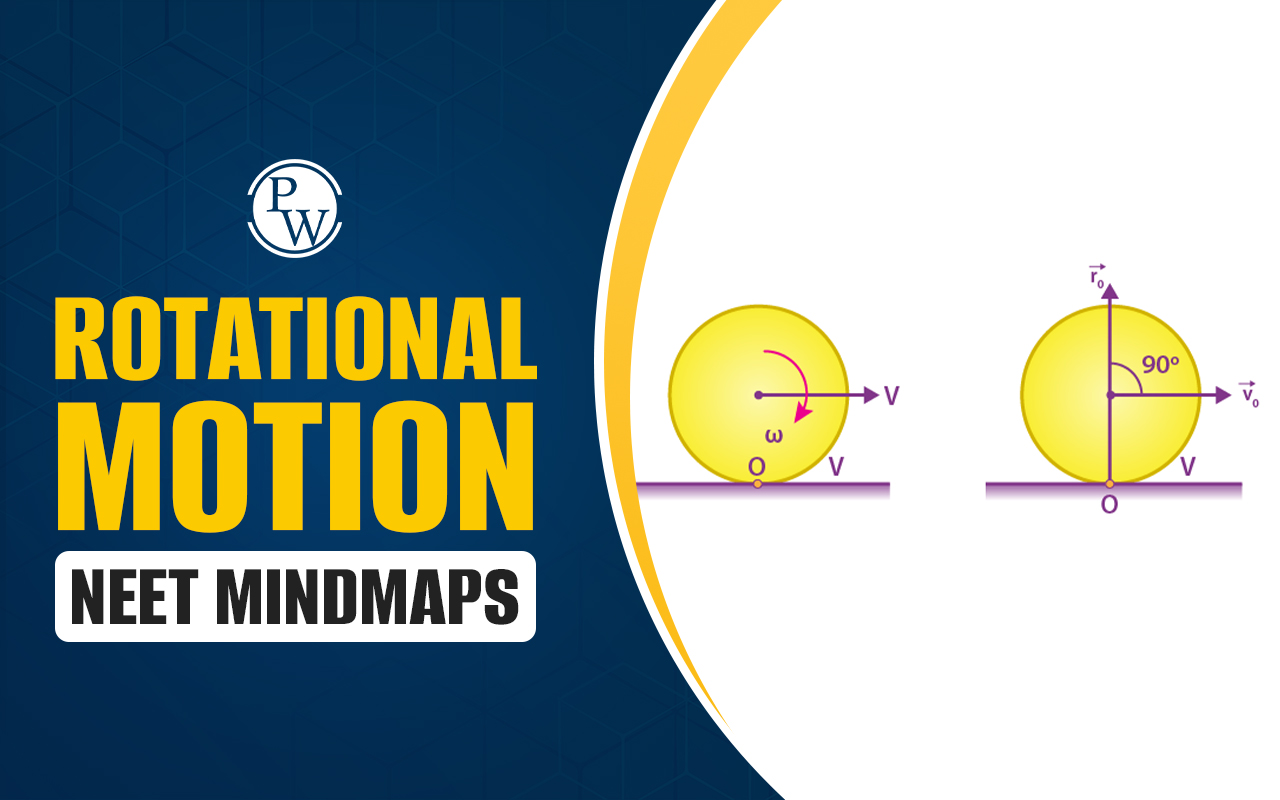

The life cycle of gymnosperms is a fascinating process that showcases how these ancient plants reproduce and grow. Gymnosperms are non-flowering seed plants that include conifers, cycads, ginkgo, and gnetophytes. Their life cycle is primarily dominated by the sporophytic phase, with reproduction occurring through seeds that are exposed, rather than enclosed in a fruit. Understanding their life cycle is important for the NEET Exam as it helps clarify plant reproduction and evolution concepts, essential topics in the NEET biology syllabus .
Life Cycle of Gymnosperms
The life cycle of gymnosperms involves alternation of generations, including both sporophytic (diploid) and gametophytic (haploid) phases. However, the sporophyte phase is dominant and long-lived, while the gametophyte phase is reduced and dependent on the sporophyte.- Dominant Sporophyte: The primary plant body of gymnosperms is a diploid sporophyte, which is responsible for producing reproductive structures like cones.
- Heterospory : Gymnosperms produce two types of haploid spores:
- Microspores : Develop in microsporangia (pollen sacs) on microsporophylls, forming the male gametophyte (pollen grains).
- Megaspores: Develop in megasporangia (ovules) on megasporophylls, forming the female gametophyte.
- Male Strobili (Microsporangiate Cones): Microsporophylls in male cones bear microsporangia, where microspores are formed.
- Microspores develop into highly reduced male gametophytes, known as pollen grains, which contain male gametes.
- Female Strobili (Macrosporangiate Cones): Megasporophylls in female cones bear ovules or megasporangia.
- A megaspore mother cell within the nucellus undergoes meiosis, forming four megaspores. One megaspore develops into a multicellular female gametophyte containing archegonia (female sex organs).
- Formation of Gametophytes: The male gametophyte, reduced to a few cells, develops inside the pollen grain within the microsporangium.
- The female gametophyte arises from one of the four megaspores formed after the megaspore mother cell undergoes meiosis. It remains enclosed within the megasporangium and produces female sex organs (archegonia).
- Pollination and Fertilization : Pollen grains are released and transported by air currents to reach the ovules on the female cones.
- A pollen tube carrying male gametes grows toward the archegonia within the ovule. Fertilization occurs when male gametes are discharged near the female gametes.
- Seed Development: Following fertilization , the zygote develops into an embryo, and the ovule mature into an exposed seed. Unlike angiosperms, these seeds are not enclosed in fruits.
Definition of Gymnosperms
Gymnosperms are vascular plants that produce seeds without a protective covering, unlike angiosperms, which produce seeds enclosed within fruits. The term "gymnosperm" originates from the Greek words "gymnos" (naked) and "sperma" (seed), referring to their exposed seeds. These plants are typically woody, including trees and shrubs, and are mostly evergreen, thriving in diverse climates. Gymnosperms play a crucial role in the ecosystem and have significant biological, environmental, and economic importance. Here are some key points highlighting their significance:- Ecological Role : Gymnosperms, such as conifers, form an essential part of many terrestrial ecosystems. They help in stabilizing soils, preventing erosion, and providing habitats for various wildlife species.
- Carbon Sequestration: Gymnosperms, like other plants, absorb carbon dioxide during photosynthesis. This makes them vital in regulating atmospheric carbon levels and combating climate change.
- Biodiversity and Food Chain: Gymnosperms contribute to the biodiversity of forests by providing food and shelter for numerous species, from small mammals to birds and insects.
- Economic Importance: Many gymnosperms, especially conifers, are economically valuable. Their wood is used for construction, paper production, and other products like furniture, plywood, and fuel.
Also Check:
- Free Toppers Notes for NEET
- Free NEET Lectures by PW Faculties
- NEET Study Material, Free Sample Papers, Book, Toppers Notes, PYQs
MCQs of the Life Cycle of Gymnosperms
Q1. Pollen grains in Pinus develop inside the;
- Megasporangium
- Microsporangium
- Microsporophyll
- Archegonia
Q2. In Pinus, gametophytic generation is represented by;
- Microspores
- Megaspores/Macrospores
- Male and female cones
- Both (1) and (2)
Q3. Statement-I: The megaspore mother cell in gymnosperms divides meiotically to form four megaspores.
Statement-II: One of the megaspores develops into a multicellular female strobili.
- Both Statement-I and Statement-II are correct.
- Both Statement-I and Statement-II are incorrect.
- Statement-I is correct, and Statement-II is incorrect.
- Statement-I is incorrect, and Statement-II is correct
Answers of the Life Cycle of Gymnosperms
Ans1. Microsporangium, Ans2. Both (1) and (2), Ans3. Statement I is correct, and Statement II is incorrect. Physics Wallah offers affordable online coaching for NEET UG , making complex concepts simple and helping students achieve their dream scores with ease.| NEET Exam Important Links | |
|---|---|
| NEET Syllabus | NEET Biology Diagrams |
| NEET Biology MCQ | NEET Biology Chapter wise Weightage |
| NEET Biology Notes | NEET Previous Year Question papers |
Life Cycle of Gymnosperms FAQs
Q. Is the life cycle of gymnosperms diplontic?
Q. What is the life cycle of gymnosperms in Pinus?
Q. What are the four major types of gymnosperms?
Q. What happens in the life cycle of an angiosperm tree?












